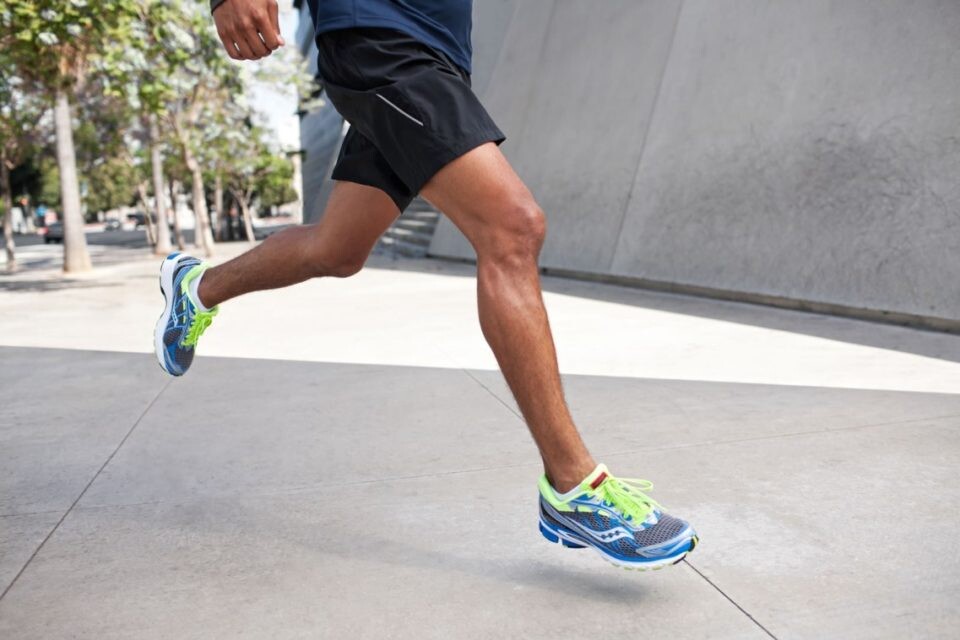Running News Daily
Running News Daily is edited by Bob Anderson in Mountain View, California USA and team in Thika Kenya, La Piedad Mexico, Bend Oregon, Chandler Arizona and Monforte da Beira Portugal. Send your news items to bob@mybestruns.com Advertising opportunities available. Over one million readers and growing. Train the Kenyan Way at KATA Running Retreat Kenya. (Kenyan Athletics Training Academy) in Thika Kenya. Opening in june 2024 KATA Running retreat Portugal. Learn more about Bob Anderson, MBR publisher and KATA director/owner, take a look at A Long Run the movie covering Bob's 50 race challenge.
Index to Daily Posts · Sign Up For Updates · Run The World Feed
Four reasons to do strides after a workout
Strides provide many benefits. After a long, easy run they can help loosen up your legs to increase your range of motion, work on your turnover and improve your form. Before a workout, they can prime your body for some faster running. There are also benefits to doing strides after a workout. Not convinced? Check out these four reasons you should include strides in your post-workout routine.
After a tempo run or interval session where you’ve been running slower than your goal race pace, strides provide an opportunity to run at or near race pace when your body’s systems are already fatigued. This is a great segue into doing more work at race pace later on, without undue strain. It also helps you practice running fast on tired legs, which will come in handy on race day when you’re trying to kick to the finish line.
1.- Activate fast-twitch muscle fibres

Strides enable you to call up your “fast-twitch” fibres while in a state of physical and mental fatigue. The aerobic aspect of the workout already created a small amount of glycogen depletion in both your slow-twitch and fast-twitch fibres, recruiting the fast-twitch fibres when they’re already in a glycogen-depleted state improves the aerobic conditioning of those fibres, which will also help you spend more time at that pace later on in your training.
2.- Kickstart recovery

By briefly re-activating your muscles and your circulatory system after your heart rate has already begun to come down, you can help your muscles to take up lactate more efficiently. This is a great way to kick-start the recovery process after a short-to-medium-length workout.
3.- Spend more time at race pace
By doing warmup strides and cooldown strides, you end up adding quite a bit of time spent running at a higher intensity without really feeling it. For example, if you do four to six 100m strides before your workout and another four to six after, you’re adding 800m to 1,200m of faster running to your workout without taxing your system that much more. This can help improve race pace efficiency without undue struggle.
4.- When not to do post-workout strides
Strides after a short-to-medium-length workout of moderate to high intensity are worthwhile, but following a long, high-intensity workout (like a VO2 max workout, for example, or any session that involves a lot of time spent at race pace), they may not be as helpful. In these scenarios, you’ve already done a lot of work at race pace or faster, and doing more would be overkill.
(11/23/2021) Views: 910 ⚡AMPby Brittany Hambleton




